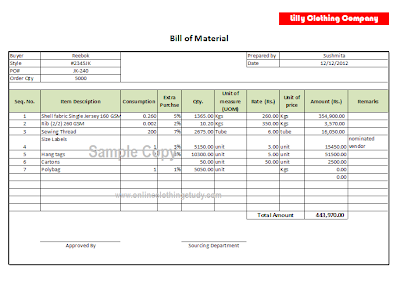How to find out Apparel Buyer: Working Strategy

Flow Chart of Analyzing a new buyer before taking an order.
Through Apparel Analysis; I would discuss all about Apparel Business; like: English as International Business Language| Fiber to Fabric Analysis| Apparel Quality Parameters| Apparel Merchandising| Fashion Designing| Business to Business Marketing for Apparel Business etc. All I would discuss may not be 100% correct, as I am a perpetual student of English and Apparel Merchandising. I hope you will enjoy this blog & Welcome to Blog.



